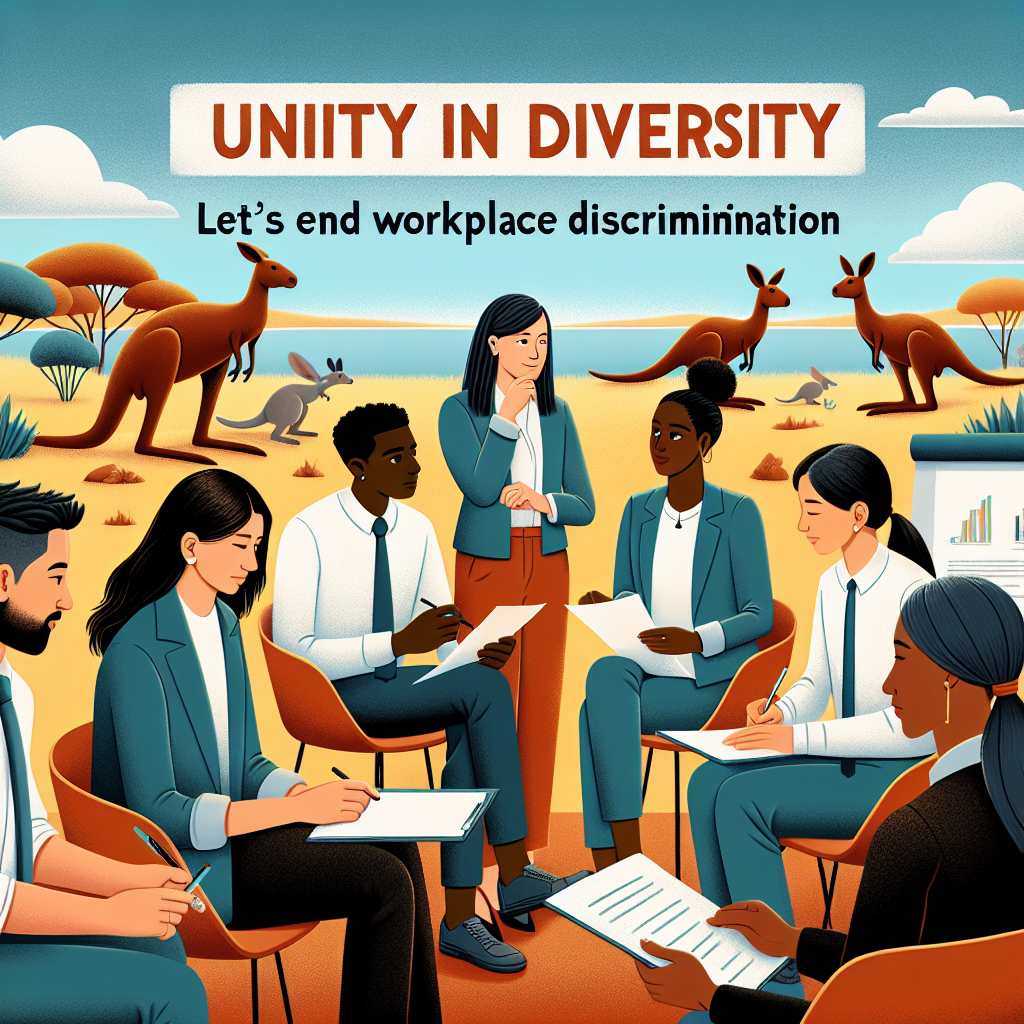Addressing Workplace Discrimination in Australia
In an era where inclusivity and diversity are not just buzzwords but expectations within our society, addressing workplace discrimination has become paramount, especially in Australia. In this article, we delve into understanding the landscape of workplace discrimination in Australia, the various forms it can take, and how organisations can actively work to create a discrimination-free work environment.
Understanding Workplace Discrimination
Discrimination in the workplace happens when an employee or job applicant receives less favourable treatment due to characteristics such as race, gender, age, religion, disability, or sexual orientation. These incidents can manifest in various ways, from hiring practices to career progression opportunities.
What Constitutes Discrimination?
Discrimination cases hinge on the unjust treatment of individuals based on inherent traits rather than their qualifications or performance. Examples of discrimination include biased recruitment processes, unequal pay for equal work, harassment, and wrongful termination based on discriminatory reasons.
The Legal Framework in Australia
Australia has robust anti-discrimination laws designed to protect workers from unfair treatment. The Fair Work Act 2009, along with state and territory legislation, outlines the responsibilities of employers and the rights of employees, providing a legal avenue for those who face discrimination to seek justice.
Prevalence of Discrimination in the Workplace
Despite the legal protections in place, discrimination in Australia persists. The Australian Human Rights Commission regularly receives complaints across various industries, suggesting that discrimination remains a significant issue.
Notable Discrimination Cases
Recent discrimination cases have brought to light the ongoing struggle against workplace discrimination in Australia. High-profile lawsuits have resulted in substantial settlements, emphasising the severity of the problem and the need for systemic change.
Impact on Individuals and Organisations
The effects of discrimination extend beyond the individuals directly involved. It can lead to decreased employee morale, reduced productivity, and damage to an organisation’s reputation. Companies must recognise the broader implications of discrimination and take steps to prevent it.
Forms of Discrimination in the Workplace
Discrimination can be overt or subtle, and it’s essential to recognise both types to address the issue effectively.
Direct vs. Indirect Discrimination
Direct discrimination is intentional and explicitly based on a person’s characteristics. Indirect discrimination, on the other hand, occurs when policies or practices that seem neutral have a disproportionate adverse effect on certain groups of people.
Discrimination Examples in Everyday Scenarios
Examples of discrimination in the workplace might include passing over a qualified female employee for a promotion in favour of a male colleague with less experience or failing to provide reasonable adjustments for a worker with a disability.
Addressing Discrimination: Steps for Employers
To combat workplace discrimination, employers must take proactive measures. Here’s how Australian businesses can foster an inclusive environment.
Creating Inclusive Policies
Developing and enforcing anti-discrimination policies is the first step. These policies should be clear, comprehensive, and communicated to all employees. They must outline unacceptable behaviours and the consequences for such actions.
Training and Education
Regular training sessions can help employees recognise discrimination and understand the importance of diversity and inclusion. Education initiatives should also cover bystander intervention, teaching employees how to respond if they witness discriminatory behaviour.
Supporting Diversity and Inclusion
Promoting diversity and inclusion in the workplace is not just about preventing discrimination; it’s about creating a culture that values and respects differences. This can be achieved by recognising holidays from various cultures, forming diversity committees, and actively seeking diverse candidates during recruitment.
Resources for Victims of Workplace Discrimination
Victims of workplace discrimination in Australia have several resources at their disposal.
Legal Avenues and Support Services
Those who experience discrimination can seek legal recourse through bodies like the Australian Human Rights Commission or state-based anti-discrimination agencies. Support services such as hotlines and counselling are also available to assist individuals in coping with the aftermath of discrimination.
Reporting and Whistleblower Protections
Employees should be encouraged to report discrimination, with assurances that their complaints will be taken seriously and without fear of retaliation. Whistleblower protections are crucial in creating an environment where individuals feel safe to speak out.
Case Studies: Overcoming Discrimination in the Workplace
Real-world examples can provide valuable insights into how organisations have successfully tackled discrimination. These case studies often highlight the importance of strong leadership, comprehensive training programs, and a commitment to diversity and inclusion.
Success Stories
Organisations that have successfully addressed discrimination often see improved employee satisfaction, increased innovation, and a more positive workplace culture. Sharing these success stories can inspire other businesses to follow suit.
Conclusion: Moving Forward
Addressing workplace discrimination requires ongoing effort and commitment from both employers and employees. By understanding the various forms of discrimination, implementing proactive strategies, and providing support for those affected, Australian workplaces can move towards a more equitable and inclusive future.
Takeaways for Australian businesses include the importance of having robust anti-discrimination policies, providing regular training, and fostering an organisational culture that celebrates diversity. With the right approach, we can work towards eradicating discrimination in the workplace, ensuring that all individuals have the opportunity to thrive in their careers, free from prejudice and bias.
Remember, creating a discrimination-free workplace is not just a legal requirement; it’s a moral imperative that benefits everyone.










